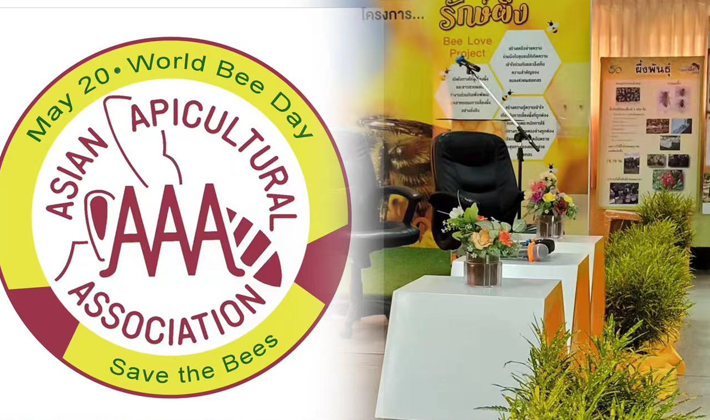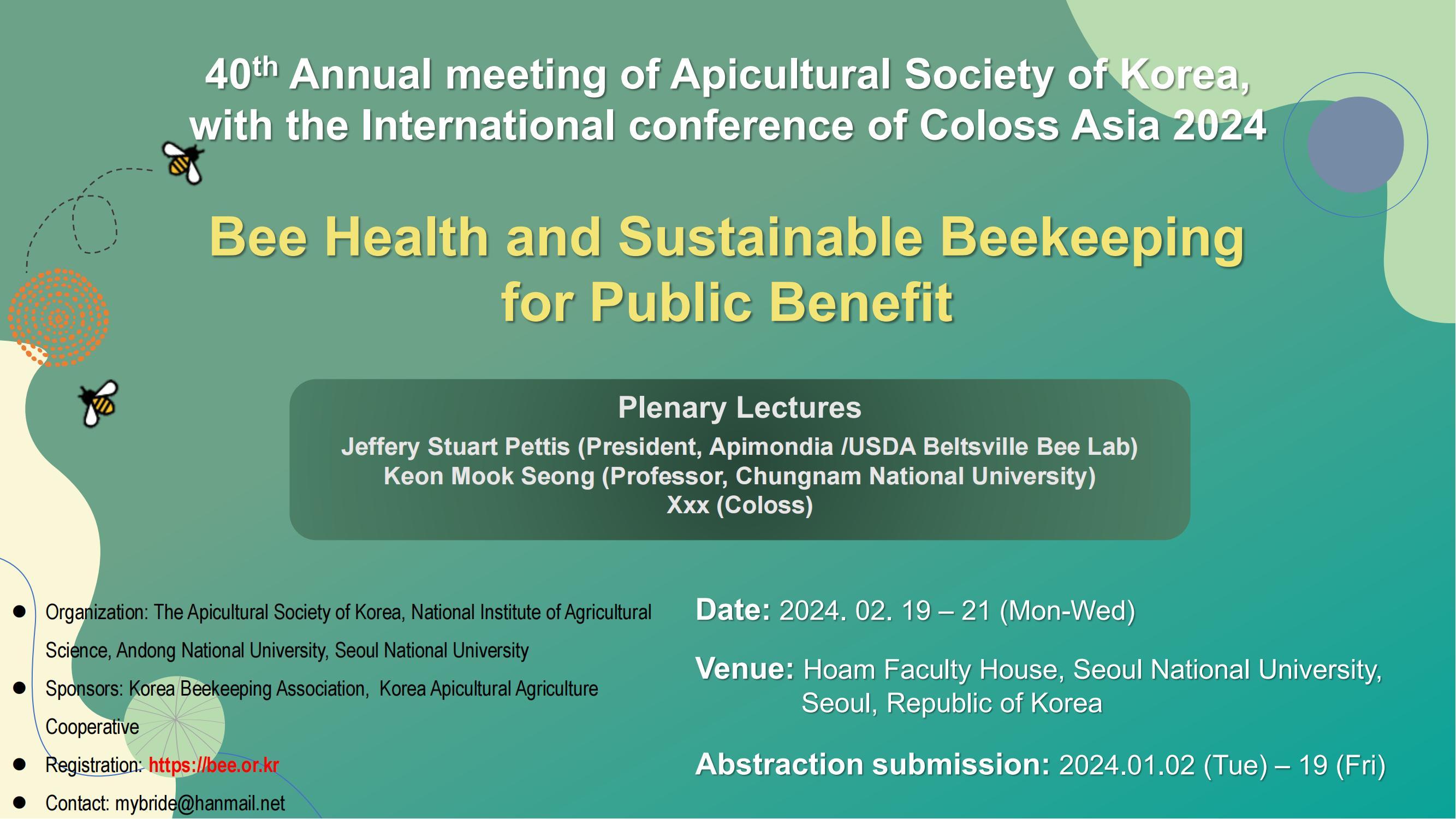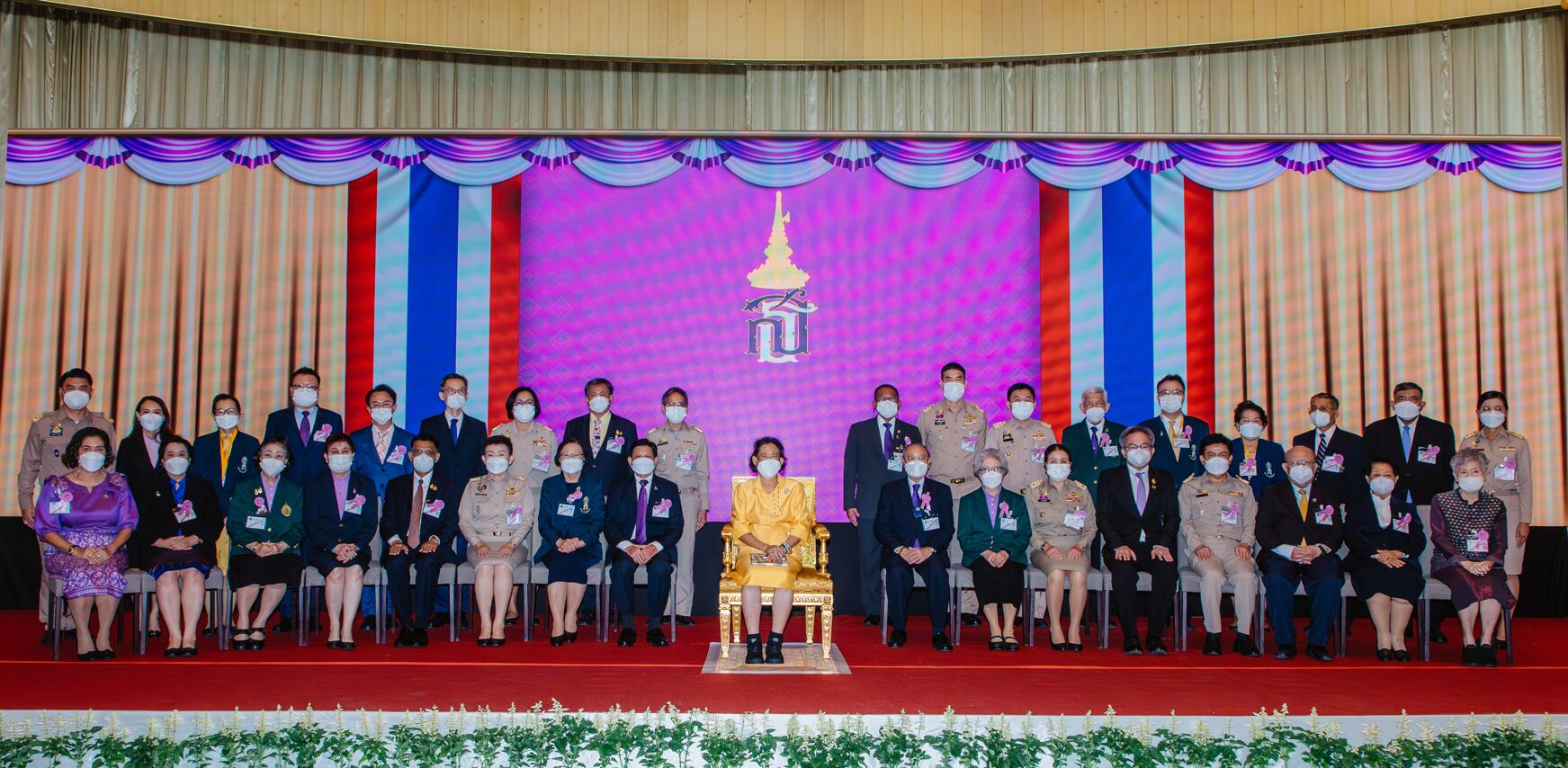|
Beekeeping in Saudi Arabia
Beekeeping in Saudi Arabia is a growing industry. The estimated numbers of beekeepers and bee hives are 4000 and 700,000, respectively, and they produce collectively about 3500 tons of honey per year, or about 26% of the required demand. As a result, approximately 10,000 tons of honey is imported annually from Europe, Iran, Turkey, Australia, the United States, and to a lesser extent from other countries. Accordingly, during the last couple of decades researchers have paid special attention to various aspects of beekeeping in the region, including critical investigations into honey bee races, the biology of native populations, queen rearing, bee pests and diseases, climatic impacts, as well as bee economics (e.g., El-Sarrag 1993; Al-Qahtani 1997; Al Ghamdi 1990, 2002, 2005, 2006; Alqarni 1995, 2006a, 2006b, 2010; Alqarni and Al-Atawi 2008; Alshehri 1999; Al-Kahtani 2003).
With an area of more than 2 million km2, the climate of Saudi Arabia is relatively wide ranging, with temperature and rainfall representing the key factors influencing beekeeping activities. Temperatures start to increase in March–April and both are hot months but considered as merely transitional, whereas the period from May–August is extremely hot. Maximum temperatures during July are more than 40° C, and temperatures do not start declining until September–October, although both are still quite hot months. Temperatures range from moderate to very cold until February, with January being the coldest month of the year (sometimes around -7° C in the North). Annual rainfall ranges from a few millimeters in the Rubu–Alkhali desert to 600 mm in the mountainous areas of the Southwest. These variations in temperature force beekeepers to search for different foraging areas for their bees each year.
Taif, Baha, and Assir (mountainous regions) in the Southwest are the most suitable areas for keeping bees in Saudi Arabia (Fig. 5). These areas comprise 762,474 acres of forests with an altitude of 900–3700 m (Abu-Hassan et al. 1994). The most common species of trees are Acacia spp. [Fabaceae (a.k.a., Leguminosae)], Olea europaea subsp. cuspidata (Wall. & G.Don) Cif. [Oleaceae; often under the synonym Olea chrysophylla Lam.], Juniperus procera Hochst. ex Endl. [Cupressaceae], Hyphaene thebaica (L.) Mart. [Arecaceae], and Ziziphus spina-christi (L.) Willd. [Rhamnaceae] (Al-Owdat et al. 1985). Temperatures in summer and winter in these regions ranges from 20°–28° C and 9°–14° C, respectively. During winter, beekeepers take their bees down to Tihama, a warm coastal region harboring several rich pollen plants that help beekeepers to increase the number of their hives through uncontrolled swarming. Since beekeepers follow traditional beekeeping methods, swarming is allowed to occur freely and more than one swarm normally leaves the hive. Unfilled traditional hives (hollow logs) marked with beeswax are distributed in the vicinity to attract swarms (Fig. 3). Other swarms are captured from trees and placed in empty hives. Most beekeepers in the Southwest perform traditional beekeeping methods, whereas Langstroth hives are used in other parts of the country. Most beekeepers perform migratory beekeeping to avoid severe weather and food deficiency. In the central region, wild nectar and pollen plants such as Astragalus spinosus (Forssk.) Muschl. [Fabaceae (a.k.a., Leguminosae)], Horwoodia dicksoniae Turrill [Brassicaceae], Anisosciadium isosciadium Bornm. [Apiaceae], Citrullus colocynthis (L.) Schrad. [Cucurbitaceae], Achillea fragrantissima (Forssk.) Sch.Bip. [Asteraceae (a.k.a., Compositae)], Capparis spinosa L. [Capparaceae], Acacia spp. [Fabaceae (a.k.a., Leguminosae)], and Ziziphus spina-christi [Rhamnaceae] are available for bees after the rainy season, in addition to cultivated alfalfa, eucalyptus, sunflower, date palm, and some fruit trees (Alghoson 2004; Aloraydh and Alfarraj 1994). Beekeepers follow the flowering of these plants within an area of 400–500 km in diameter in the central region of the country. Some beekeepers move their bees across the country from South to West, to the Center, or to the North and vice versa. In general, the main honey plants in the country are Acacia spp. [Fabaceae (a.k.a., Leguminosae)] and Ziziphus spina-christi [Rhamnaceae], both being found wild in all regions of Saudi Arabia. Their flowering seasons start during June and August of each year, respectively, depending on rainfall. Approximately 70% of the bees kept in Saudi Arabia are native populations of Apis mellifera jemenitica, with the remainder being Carniolan (Apis mellifera carnica Pollmann) or Egyptian-Carniolan hybrids (Fig. 4).
|






